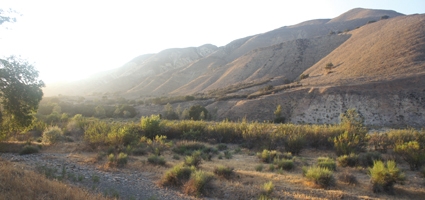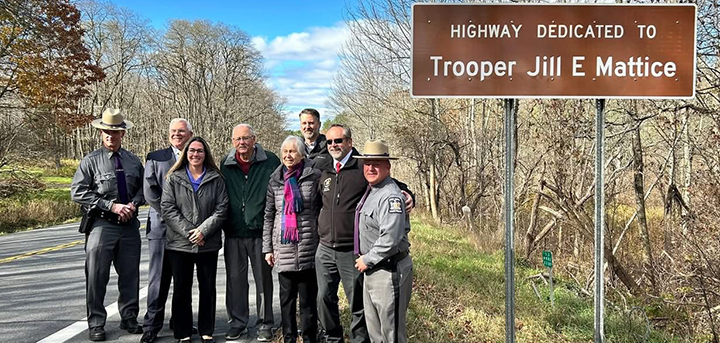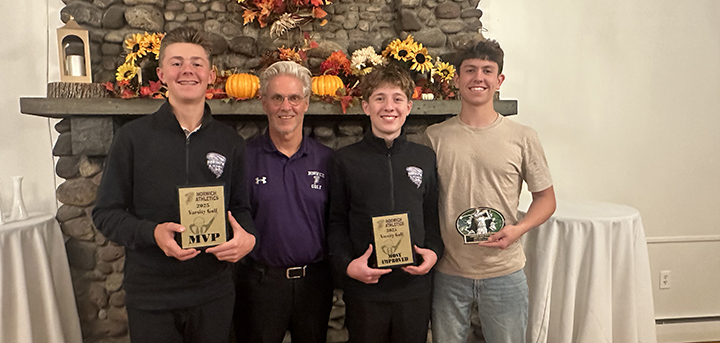Off The Map: A Powerful Thirst
Editor’s Note: After a year's hiatus, the chronicle of Bryan Snyder's misadventures in the Western high country, "Off The Map", returns to the pages of The Evening Sun. Besides the usual tales of Rocky Mountain mischief, Bryan will report from the drought-afflicted backcountry of Southern California and the snow-capped, slumbering volcanoes of the Pacific Northwest.
Bryan Snyder
Correspondent
Before heading up the Manzana Trail, I drank enough water to give myself a mild stomachache. I was only being prudent; there was no more water in the direction I was headed, either in Manzana Creek or in the Sisquoc River. At least, that’s what I’d been told by the local rangers, and the scribbled comments in the trailhead register seemed to confirm their warnings. All I could do was guzzle down a liter of water, pack as many bottles as I possessed, and hope I wouldn’t dehydrate by the end of the day tomorrow.









.jpg)



Comments